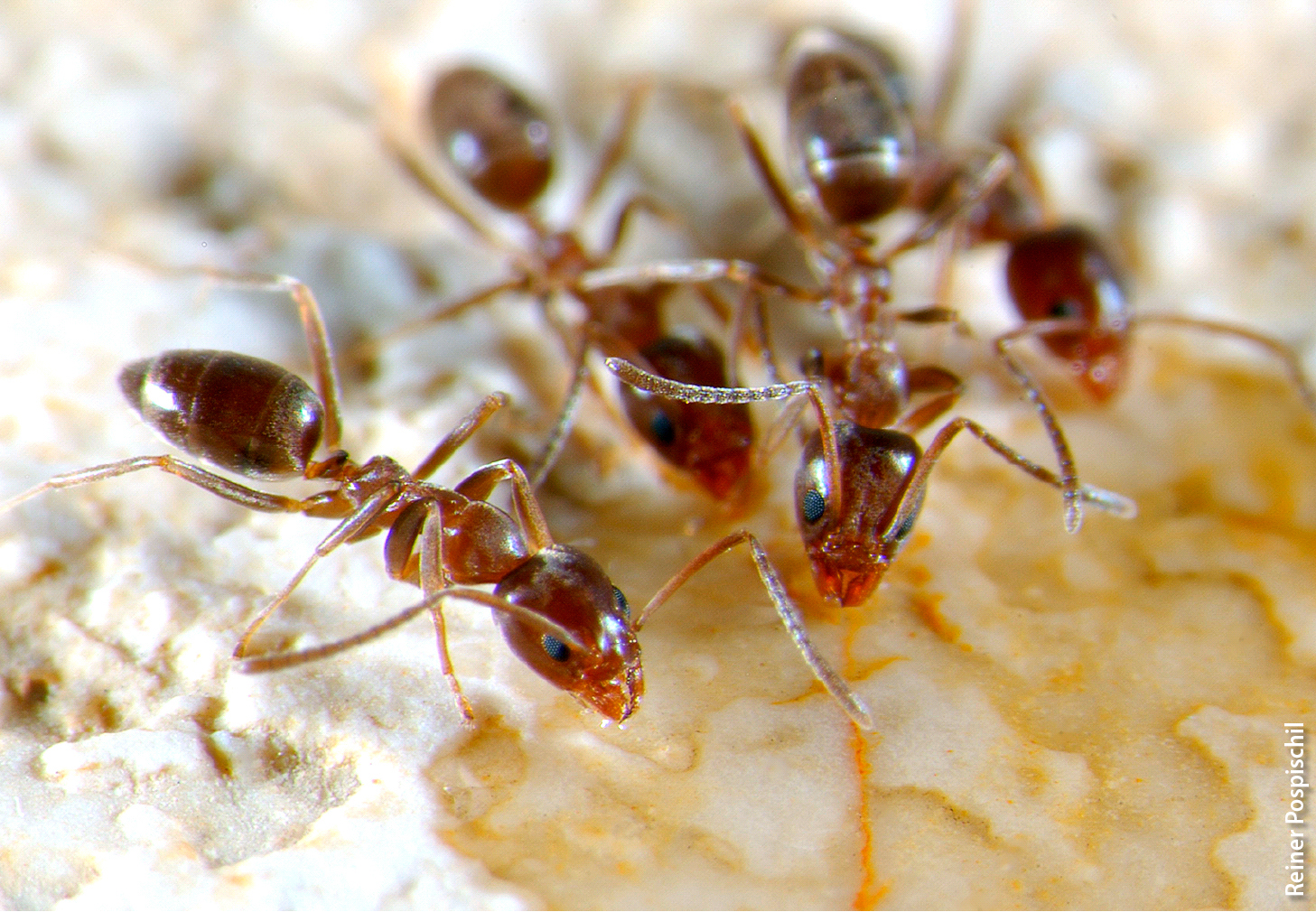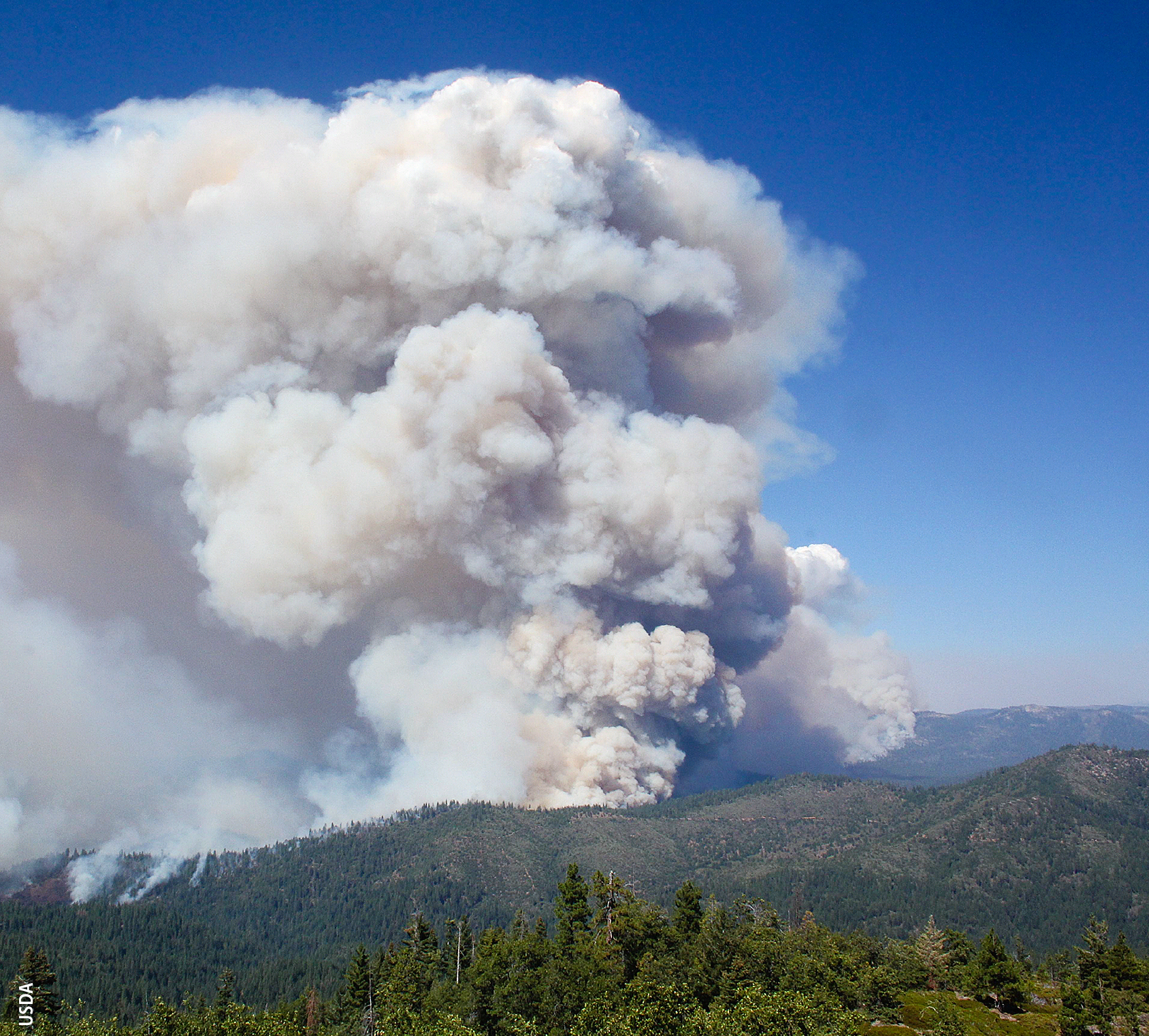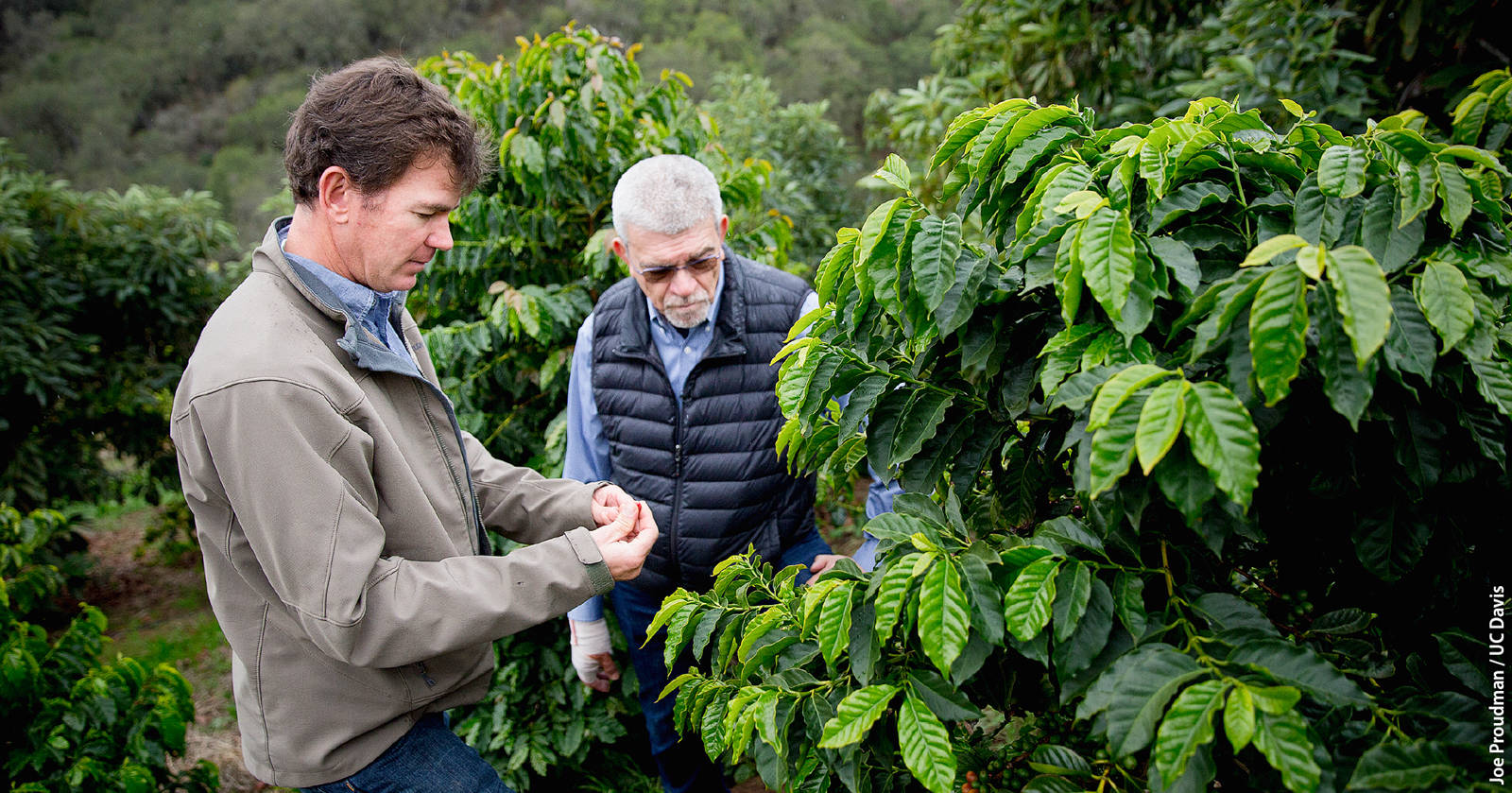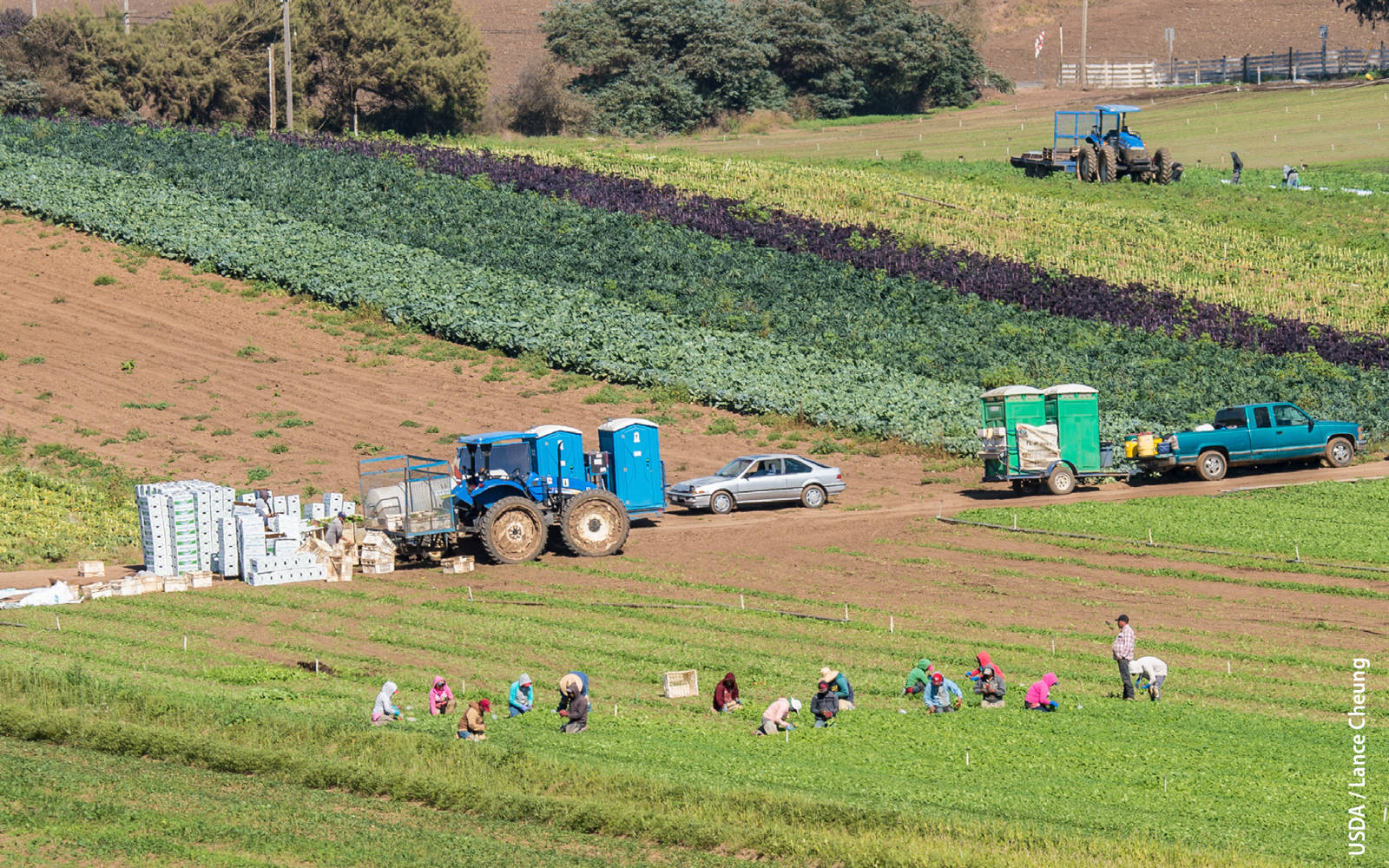All Issues
Research highlights
Publication Information
California Agriculture 71(2):59-61. https://doi.org/10.3733/ca.2017a0016
Published online April 12, 2017
Summary
Recent scientific articles from the Agricultural Experiment Station campuses.
Full text
Recently published articles from campus-based faculty and UC Cooperative Extension researchers at the Agricultural Experiment Station sites: UC Berkeley College of Natural Resources, UC Riverside College of Natural and Agricultural Sciences and UC Davis School of Veterinary Medicine and College of Agricultural and Environmental Sciences.
Household ant control with less pesticide runoff
Household infestations of Argentine ants, a common pest in California, are often treated with a band of the insecticide fipronil around the foundation of a house. Runoff of fipronil into urban waterways is a concern, with applications of the insecticide at the driveway–garage door interface a key source of such pollution.
Les Greenberg, a specialist in the UC Riverside Department of Entomology, and his colleagues tested ways to maintain the efficacy of ant treatments while reducing runoff. They applied fipronil around test houses but in the driveway area replaced the fipronil application with alternative treatments less likely to produce polluted runoff. A gel bait containing thiamethoxam (brand name Optigard) performed best, but only after 8 weeks. Avoiding spraying the driveway reduced fipronil runoff by two to three orders of magnitude.
Greenberg L, Rust MK, Wright SJ, Choe D-H. 2017. Argentine ant control around homes: Efficacy of treatments and urban runoff. Int J Pest Manage. http://doi.org/10.1080/09670874.2016.1278085.
The insectide fipronil is often used to prevent household infestations of Argentine ants (Linepithema humile), but runoff is a concern, particularly from driveways. UC Riverside researchers found that using other treatments in the driveway area can maintain efficacy while greatly reducing fipronil runoff.
A better way to sample for pyrethroid pesticides in urban streams
Runoff of pyrethroids, widely used household insecticides, has led to contamination of urban waterways as well as a need to accurately assess pyrethroid concentrations in waterways.
Current grab-sample methods provide only a snapshot of contamination levels. Further, sampling of pyrethroids is complicated because the compounds readily sorb to organic matter in water, while the free concentration is what determines toxicity.
Jay Gan, professor in the Department of Environmental Sciences at UC Riverside, and his colleagues report the development of an effective polyethylene film passive sampler that can be deployed in the field for a period of several days. Laboratory and field tests showed that the sampler accurately detected free concentrations of pyrethroids at concentrations as low as 1 part per trillion.
Xue J, Liao C, Wang J, Cryder Z, Xu T, Liu F, Gan J. 2017. Development of passive samplers for in situ measurement of pyrethroid insecticides in surface water. Environ Pollut. http://doi.org/10.1016/j.envpol.2017.02.034 .
Another reason why water quality in the Delta is so difficult to manage
Microbial contamination is a key indicator of water quality impairment, commonly assessed by sampling for fecal indicator bacteria (FIB).
A team of researchers in the laboratory of Rob Atwill, UC Cooperative Extension Director of Veterinary Medicine Extension and Director at the Western Institute for Food Safety and Security at the UC Davis School of Veterinary Medicine, sampled FIB monthly at 88 sites in the Sacramento-San Joaquin Delta for two years. They collected data on 53 variables that may influence bacterial concentrations, from water chemistry to recent rainfall totals to nearby land uses.
The results provide important baseline data on microbial contamination in the Delta. But a key message from the study is that it is very difficult to determine what causes high levels of FIB at a given time and place in a system as complex as the Delta, with its hundreds of channels and tidal influence. Ongoing and perhaps unending monitoring is needed, a challenge the researchers describe as Sisyphean.
Partyka ML, Bond RF, Chase JA, Atwill ER. 2017. Monitoring bacterial indicators of water quality in a tidally influenced delta: A Sisyphean pursuit. Sci Total Environ 578:346–56. http://doi.org/10.1016/j.envpol.2017.02.034 .
Early exposure to ambient wildfire smoke may impair lung function later in life
Human exposure to wildfire smoke in California is an increasing concern given the vulnerability of the state's forests to major fires and the likelihood that climate change will increase wildfire severity.
Professor Lisa Miller of the UC Davis School of Veterinary Medicine and her colleagues evaluated multiple measures of lung function and pulmonary immune response in a group of rhesus macaque monkeys in Yolo County that were exposed in infancy to the smoke from mountain wildfires that filled the Sacramento Valley in the summer of 2008. The monkeys were born and raised in large outdoor field cages and exposed to ambient smoke (as was anybody outdoors in the region at that time).
When they reached adolescence, the exposed monkeys exhibited compromised immune and lung function compared to a control group; the results suggest that human children may be similarly affected. Monkeys exposed as adults to the same ambient smoke episode did not show long-term lung impacts.
Black C, Gerriets JE, Fontaine JH, Harper RW, Kenyon NJ, Tablin F, Schelegle ES, Miller LA. 2017. Early life wildfire smoke exposure is associated with immune dysregulation and lung function decrements in adolescence. Am J Resp Cell Mol Biol. http://doi.org/10.1165/rcmb.2016-0380OC .
The Rim Fire near Yosemite National Park burned 400 square miles in 2013. Results from a UC Davis School of Veterinary Medicine study suggest that exposure to wildfire smoke during infancy may compromise lung function in adolescence.
Air pollution in China reduces rice yields
Increasing surface ozone pollution in China, the world's largest producer and importer of rice, poses a threat to global food security.
UC Davis Professor of Agricultural and Resource Economics Colin Carter and his colleagues analyzed data on air quality and rice yields in 5 provinces over 3 years. They found that, for each day during panicle development, a doubling of surface ozone from 60 to 120 parts per billion or more is associated with a yield loss of approximately 1%.
Emissions of nitrogen oxides from cars, power plants and other sources are the root cause of surface ozone pollution.
The pollution-related yield losses in China may have international significance. Because only about 8% of the world's rice harvest is traded, global market prices are quite sensitive to changes in production.
Carter CA, Cui X, Ding A, Ghanem D, Jiang F, Yi F, Zhong F. 2017. Stage-specific, nonlinear surface ozone damage to rice production in china. Sci Rep 7:44224. http://doi.org/10.1038/srep44224 .
Current protected areas may be inadequate to preserve biodiversity as the climate changes
As the climate changes and habitats shift, so may the biodiversity conservation value of existing protected areas.
Max Moritz, UC Cooperative Extension (UCCE) specialist in UC Berkeley's Department of Environmental Science, Policy and Management, and his colleagues examined the potential effect of climate change on protected areas in the United States, Canada and Mexico.
They found that approximately 80% of protected areas in North America could experience high rates of climate change by the year 2100, which could lead to shifts in species abundance or distribution in those areas. Additional stressors like altered fire regimes and land development will compound the threats presented by climate change.
The majority of nearest climatic analogs for the protected areas were found to be in locations that are currently unprotected. Thus, to ensure the effectiveness of protected area networks, conservation plans will need to include areas outside those currently under protection.
Batllori E, Parisien M-A, Parks SA, Moritz MA, Miller C. 2017. Potential relocation of climatic environments suggests high rates of climate displacement within the North American protection network. Glob Change Biol. http://doi.org/10.1111/gcb.13663 .
UC Davis researchers sequence genome for Coffea arabica
The UC Davis Coffee Genome Project — Juan Medrano, professor in the Department of Animal Science, Allen Van Deynze of the UC Davis Seed Biotechnology Center, Dario Cantu, associate professor in the Department of Viticulture and Enology, and postdoctoral researcher Amanda Hulse-Kemp — analyzed samples obtained from coffee trees grown on a farm in Goleta, north of Santa Barbara. The trees are the first commercial coffee plants to be grown in the continental United States.
The researchers report that the new genome sequence will be helpful in developing disease-resistant coffee varieties that can adapt to climate change, which threatens global coffee production in tropical regions.
Medrano JF, Van Deynze A, Cantu D, Hulse-Kemp A. 2017. The UC Davis Coffea arabica Genome Project. Coffea arabica UCDv 0.5. https://phytozome.jgi.doe.gov/pz/portal.html#!info?alias=Org_Carabica_er .
Good Land Organics farmer Jay Ruskey (left) and UC Davis researcher Juan Medrano (right) examine coffee cherries at Good Land Organics in Goleta, California, in 2016. Medrano and his team used samples from Ruskey's coffee trees to sequence the Coffea arabica genome.
Effect of food safety culture on individuals in the fresh produce sector
Concern over outbreaks of foodborne illness in the United States has resulted in increased scrutiny of food safety throughout the produce sector. In response, the industry has adopted “food safety culture”, a people-management strategy that aims to better protect consumers and businesses by changing employee values and behavior.
To determine the effect of these initiatives, a team of UC Berkeley researchers interviewed vegetable growers and produce buyers in California. Assistant UCCE Specialist Jennifer Sowerwine, Associate UCCE Specialist Christy Getz and postdoctoral fellow Patrick Baur, all with the Department of Environmental Science, Policy and Management, found that the growing emphasis on food safety culture implicitly categorizes companies, employees and agricultural products as “good” and “bad,” which can create an atmosphere of fear and uncertainty.
These effects may have the most worrisome impact on vulnerable actors, including small-scale and minority farmers and workers. The researchers suggest that this model will not lead to a healthy food system, and may instead perpetuate a cycle of crisis and regulatory reform that puts the public at risk.
Baur P, Getz C, Sowerwine J. 2017. Contradictions, consequences and the human toll of food safety culture. Agric Hum Values. http://doi.org/10.1007/s10460-017-9772-1 .








